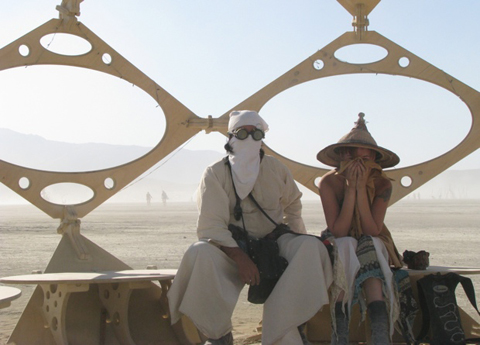
Burning Man, Nevada

It’s easy to dismiss Burning Man as nothing more than a bizarre hippie love-fest that takes place deep in the Nevada desert every year the week before Labor Day. But doing so misses the fact that it’s an amazingly successful enterprise—and, as such, has a thing or two to teach about how to inspire creative people and create a great product.
Since it first began 25 years ago, Burning Man has grown larger every year. It’s grown so much that this year, for the first time ever, the organization had to cut off ticket sales early, for fear of finally hitting the 80,000-person limit authorized by its federal land-use permit. And those tickets aren’t cheap either—they now cost an average of $300 a pop.
Granted, Burning Man is a non-profit organization. And its overall intention is not to create a “product,” per se. (Not one for trite labels, it calls itself an “experiment in community.”) But its growth numbers—in terms of customers and revenue—are ones any business could envy. So how does Burning Man do it?
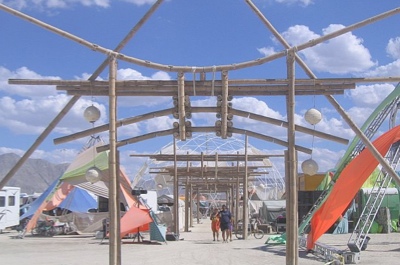
It starts with culture
One of the first things to understand is that Burning Man isn’t actually just a festival. In many ways—in keeping with its mission—it’s actually more of a town. In fact, it’s the 11th largest in Nevada during the one week of its existence.

The horseshoe that makes up “Black Rock City” (named for Black Rock Desert) gets delineated into “blocks” and “neighborhoods” where attendees (dubbed “participants”) set up their camps—often elaborate compounds complete with sitting areas and play areas in addition to tents, yurts, and RVs. The “town” even has its own post office (send a letter and it will reach its destination, complete with a “Black Rock City” cancellation mark), as well as an airport.

And they like to visit it because of the overall atmosphere. It’s one of the friendliest towns you will ever come across. Most camps have an open-door policy. You’re welcome to stop in at any abode. Most people are also inordinately helpful. Other Burners will happily help you set up your camp or install your art piece. And it’s amazingly safe for a town of 80,000, many of whom are partying for seven days straight.
Motivate with autonomy
Unlike many festivals, Burning Man itself provides nothing more than the overall infrastructure—the city grid, the port-a-potties, the Rangers and other volunteers who keep the town running. But everything else is provided by the participants—the massive techno dance clubs, the yoga classes, the works of art, the merry little vehicles sailing across the desert, the makeshift restaurants, the seminars on technology and sustainability, the circuses, the chill spaces. Burning Man creates none of it. It all comes from the participants. And the things the participants provide, which vary from year to year, are endlessly delighting and mind-blowing. A party bus outfitted to look like a giant rubber ducky. A“Mant Farm,” a three-story high human version of the old ant farms.
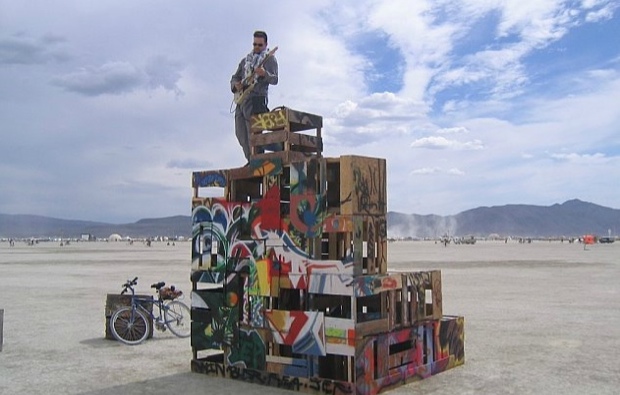
A go-kart retrofitted to look like a fighter jet. A vaudeville performance. A violin solo deep out on the Playa. A lounge-like oasis on the edge of the desert right where you’d need a break. A fire garden. A seminar on lucid dreaming. A bulletin board where people are encouraged to leave jokes (sample: “I saw a wino eating grapes. I was like, ‘Dude, you have to wait a while.’”). A pirate bar where the occasional ninja shows up to wreak havoc (per theInternet meme). Even the 40-foot, eight ton rocket ship that has since taken up residence onSan Francisco’s Embarcadero. You can spend seven days on the Playa and still not see all the marvels and wonders participants bring to the place.

Reward people with appreciation, rather than money
Burning Man has a “no money” policy. Everything participants bring must be shared with other participants for free. (For an explanation of why, see “Decommodification” under the organization’s Ten Principles.)

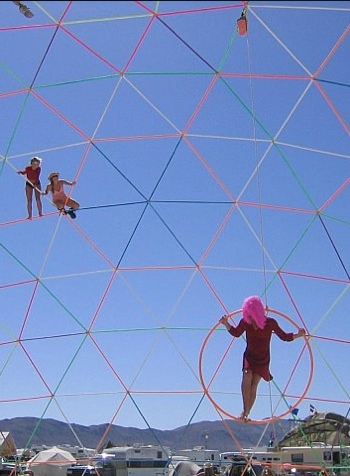
So whether you just bring a set of hula hoops for people to play with, or a massive dance club costing tens of thousands of dollars to set up and run, you have to shell out all the money (and sweat equity) yourself, with no hope of ever recouping a dime for your troubles. Why would anyone do that, you might ask. The answer lies largely in Daniel Pink’s latest book Drive, which examines the science of human motivation (and how businesses often get it wrong).
To read more about Andy’s American Road Trip, check out his awesome Tumblr here

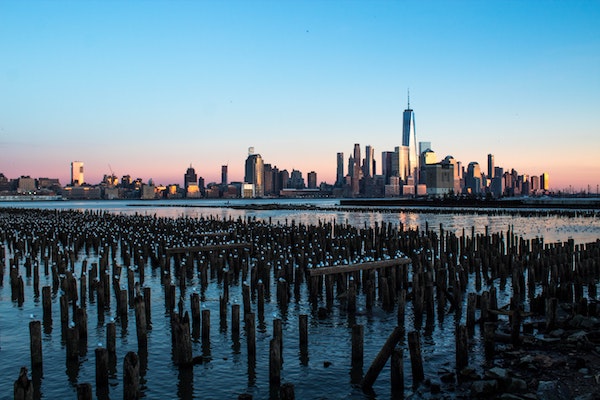
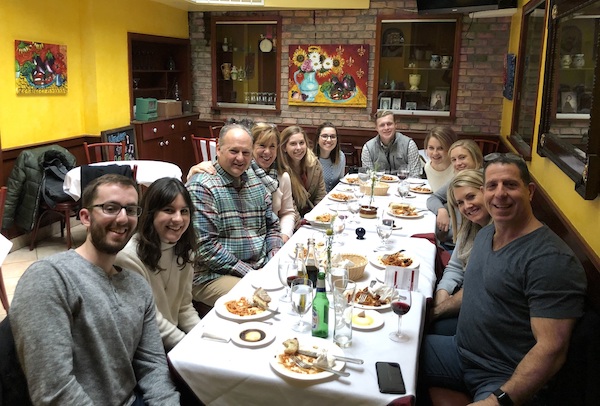


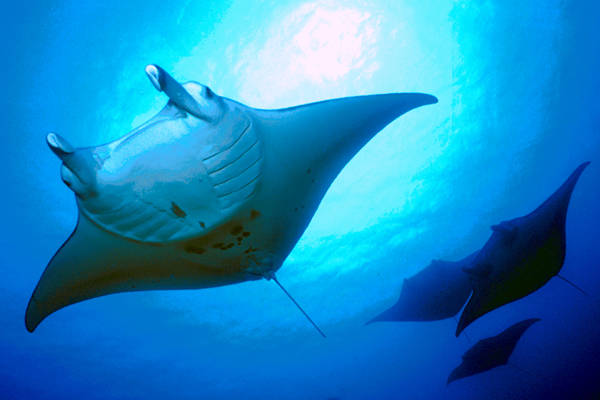
Nice one Andy
Burning Man has been on my bucket list for years…I can’t wait to go!
I am sooooo brining Burning Man to the Australian Outback!
Amazing article. I wondered what all the hoo-ha was about. Two of my friends have gone this year and they were excited for months and months.
Now I get it. This sounds like a must see festival. Especially for someone like me who isn’t really into the music, but more there for atmosphere.
thanks for the informative post!
Wow.. I too have heard of the Burning Man and thought i would love to go… but boy now i really want to go !!!!!
Heya i am for the first time here. I found this board and I find It really useful & it helped me out much. I hope to give something back and aid others like you helped me. begedekegede